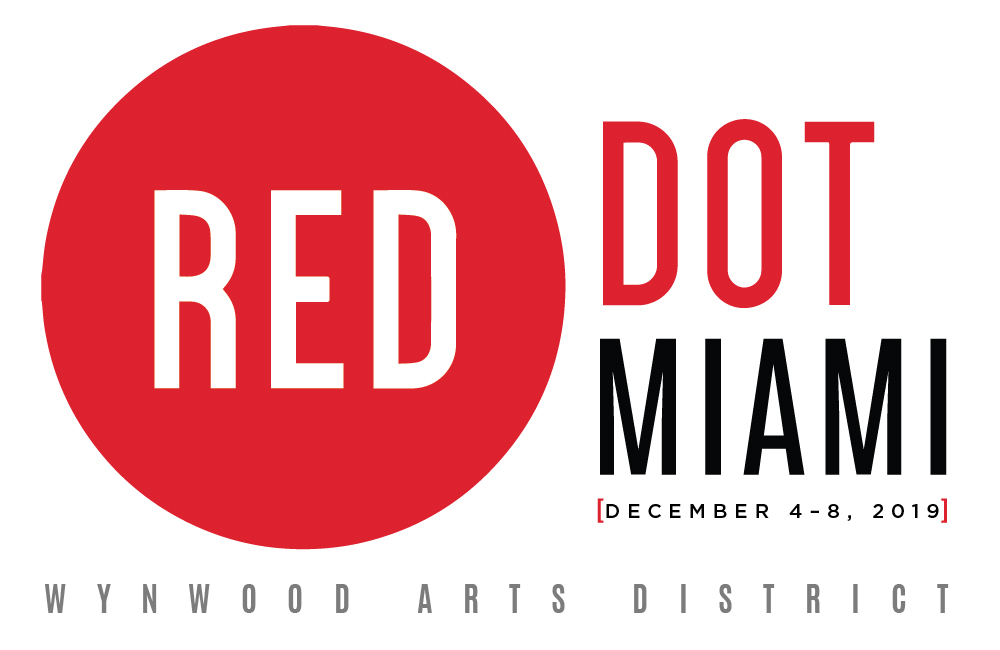by Fatima Canovas. Art Daily News International Magazine.
Dictionary Definition:
Curator: The person in charge of a museum, art collection, etc. A person who selects content for presentation.
Public Relations Specialist: Someone´s whose job is to build a good reputation for a person or organization and to grow and manage a relationship with the public.
As the art world expands its horizons, and public relations becomes more and more encompassing in all areas of commerce -including the arts – it seems appropriate to bring to light the differences between curators and public relations specialists.
Curators write essays about: a work, an artist, an exhibition, a gallery; public relations specialists prepare all types of advertising in a wide variety of formats, as well as measure results in column inches.
The curator – focused on aesthetics – emphasizes the obvious in a work, rather than attempting to explain what is already evident.
While curators tend to be inquisitive and carefree – sometimes at the expense of risking their jobs – public relations specialists belong to the art world´s diplomatic sector.
The curator resides in the same realm as the collector – learning and practicing her trade by staging exhibitions- public relations specialists are trained individuals that concentrate on results measured by equations, indicators, and balance sheets.
For curators, there is no line of distinction between what is said and how it is said; public relations specialists separate budgets and contents under different headings in a spreadsheet.
While curators may be seen as parasites who live off citing others by inventing new constellations of objectives; public relations specialists tend to have transactions rather than relations.
Curators meticulously draft their texts while hammering their philosophies; public relations specialists write with the diligence of a police officer filling out a traffic violation.
Curators read and re-read to capture the essence between the lines; public relations specialists amass press headlines.
For an art exhibition, the curator works diligently at creating history; the public relations specialists makes anecdotal use of history to expand on what to include about a particular event, an artist, a gallery, in order to further extend the moment through publicity.
The curator is well aware of the difference between the art exhibition and the catalog; the public relations specialist merges the exhibition materials with the catalogues to create coffee-table art books.
Curators tend to be as transgressive as the art they curate – classifying the art, and then transforming it – public relations specialists thrive on classifying boundaries and categorizations.
Curators place art before life – preferring the work to the artist who created it; cross-dressing the work before presenting it to art lovers and collectors.
Curators are children of their time who simultaneously live well ahead of their time; public relations specialists are perpetually on the phone searching for new art scenes
While curators respond to the artistic language; public relations specialists answer to their superiors.
The curator is perpetually loyal to the art exhibition; the public relations specialist is committed or uncommitted to the art according to the success or failure of each exhibition.
Curators rationalize that all works of art have imperfections; public relations specialists seek perfection, and are quick to try to disguise, conceal, and ignore the potential for discrepancy and discord in a work.
Curators, though well aware of market value, attempt to do their best not to be swayed by it; Public relations specialists rely on the price of an artwork to assess its worth.
Curators address a work´s meaning, using it to forecast its atmospheric state; public relations specialists attempt to control the exhibition´s heat index, doing their best to ensure that the work´s meaning neither heats up too high or thaws and melts enough to make the ambiance unpalatable for art lovers and collectors.
Curators view exhibition visitors as individuals rather than groups; public relations specialists love the public and disdain individuals
Curators walk in the midst of exhibition visitors, attentively listening to the exhibition´s voices; public relations specialists inform themselves via exhibition security monitors.
The curator serves as art´s circulatory system; public relations specialists focus on verifying biographies, sponsor´s logos, insurance policies, and other retails targeted towards marketing.
Curators coordinate exhibition content discourse, while at the same time merging the concepts of courtesy and etiquette into a packaged protocol; public relations specialists unable to escape those perimeters, do their best to turn the exhibition´s isolated discourse into propaganda.
Curators are well-versed improvisers that are used to working with whatever is at their disposal; public relations specialists are leery about setbacks and always on the look-out for available resources.
Curatorial terms are geared to providing understanding; public relations specialists are always bent on attempting to explain the art.
Curators approach critics with punching gloves, and art collectors with kit gloves; public relations specialists luxuriate with art collectors, and protect themselves when in the company of critics.
Curators only exhibit political works when they are well prepared for a political debate; public relations specialists delve in politics with disarming innocence.
For curators, art is ageless – old art criticizes the new, and vise-versa – public relations specialists mark, fragment and segregate art, ignoring the concept of continuity.
Curators step away from the lime-light once the exhibition has been curated; public relations specialists remain on the scene, focused on anything that can be pilfered and re-used for marketing purposes.
To the artist that creates out of love, rage, an inexplicable need to birth work after work in the heat of passion, the art world is like giant circus full performers that take that new born gem through psychological mutations that at times renders it a thing quite other than it was intended to be. But life is full of compromises, and so the artist turns over her creation to those players that take it that much closer to the finish line. From the studio, to the PR desk, to the curator’s space, to the collector’s den. And so the story repeats itself; time and time again.






